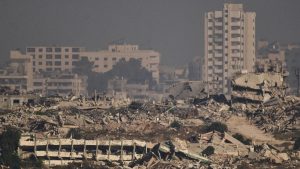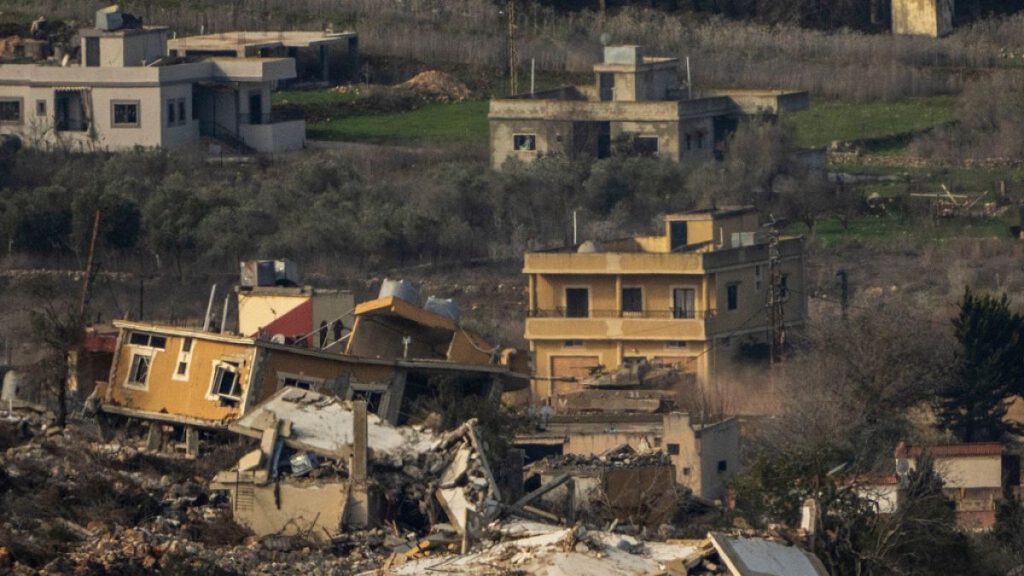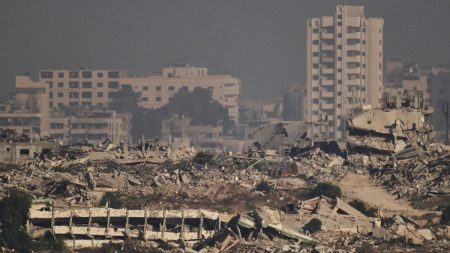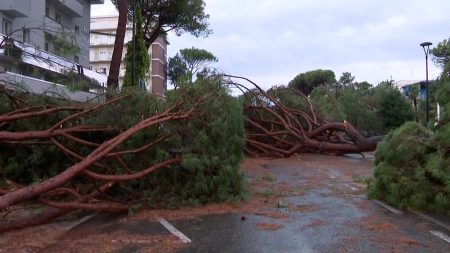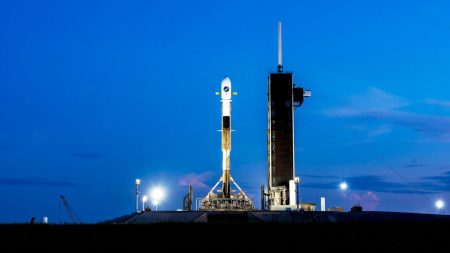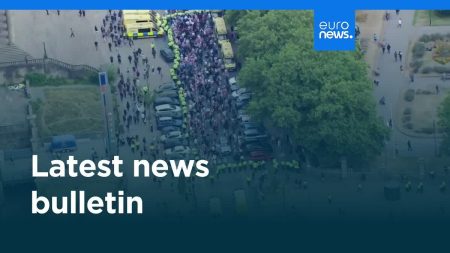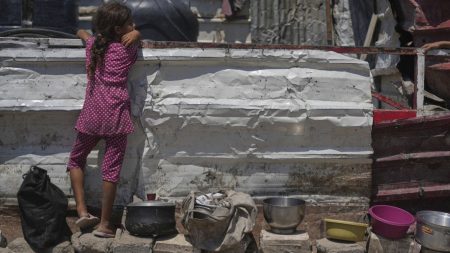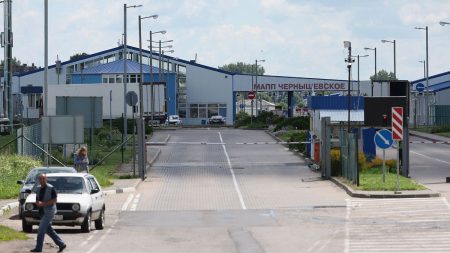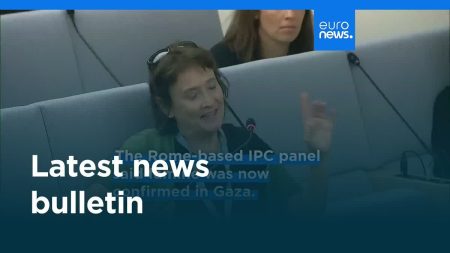Paragraph 1: The Ceasefire Agreement and Its Challenges
A ceasefire agreement, brokered by the US and France, brought a pause to the year-long conflict between Israel and Hezbollah. The agreement stipulated a 60-day timeline for Israeli troop withdrawal from southern Lebanon, coupled with Hezbollah’s removal of fighters and weapons from the area, and the deployment of Lebanese troops in the region. This agreement followed a period of intense hostilities, including an Israeli ground invasion of Lebanon, which resulted in widespread displacement and significant loss of life, with over 1.2 million people displaced and over 3,500 fatalities according to Lebanese authorities. However, the implementation of the ceasefire has been fraught with challenges. As the deadline approached, Israel requested a 30-day extension for its withdrawal, citing concerns about the slow pace of the Lebanese army’s deployment and the continued discovery of Hezbollah weapons caches. This request triggered strong reactions from Hezbollah, who deemed any postponement unacceptable and a violation of Lebanese sovereignty.
Paragraph 2: International Support for Lebanon’s Recovery and Stability
Amidst the complexities of the ceasefire implementation, Lebanon received significant international support. Filippo Grandi, the United Nations High Commissioner for Refugees, visited Lebanon and expressed optimism for the country’s future, pledging support for displaced refugees and engaging with Lebanese officials. In a significant diplomatic development, Saudi Arabia’s Foreign Minister, Prince Faisal bin Farhan, made the first official visit to Lebanon in a decade, signaling a potential shift in relations between the two countries. The visit came after Lebanon elected General Joseph Aoun as president and appointed Nawaf Salam as prime minister-designate, both figures seen as setbacks for Hezbollah’s influence. Prince Faisal affirmed Saudi Arabia’s support for the ceasefire and called for Israel’s complete withdrawal from Lebanese territory, while expressing confidence in Lebanon’s new leadership to implement necessary reforms for stability and unity.
Paragraph 3: Saudi Arabia’s Renewed Engagement with Lebanon
The Saudi Foreign Minister’s visit marked a potential turning point in relations between Saudi Arabia and Lebanon. Previous tensions stemmed from concerns over the growing influence of Iran-backed Hezbollah in the Lebanese government. The recent conflict and the subsequent election of President Aoun and Prime Minister-designate Salam, both perceived as less aligned with Hezbollah, created an opportunity for renewed engagement. Saudi Arabia, witnessing significant growth in its non-oil sectors, expressed a desire to foster closer ties with Lebanon. This shift in Saudi policy could have implications for regional stability and potentially contribute to Lebanon’s post-conflict recovery efforts.
Paragraph 4: Saudi Arabia’s Economic Diversification and Relations with the US
At the World Economic Forum in Davos, Saudi officials highlighted the kingdom’s economic diversification efforts, noting that non-oil activities now contribute a majority share to the country’s GDP. Saudi Finance Minister Mohammed al-Jadaan emphasized the mutually beneficial relationship between Saudi Arabia and the United States, expressing confidence in its continuation. Crown Prince Mohammed bin Salman announced ambitious plans for significant investments in the US, further solidifying the economic ties between the two nations.
Paragraph 5: Saudi Arabia’s Stance on Israeli Recognition and the Two-State Solution
While strengthening economic ties with the US, Saudi Arabia maintained a cautious approach towards formally recognizing Israel. Al-Jadaan emphasized that there was no rush for such a move, stressing the importance of an "irrevocable path towards a two-state solution" before considering diplomatic recognition. This stance reflected Saudi Arabia’s commitment to the Palestinian cause and its desire for a lasting peace settlement in the region. The Saudi position highlighted the complex interplay of regional politics and the kingdom’s balancing act between its strategic relationship with the US and its commitment to the Palestinian issue.
Paragraph 6: The Intersection of Regional Dynamics and Lebanon’s Future
The confluence of the ceasefire agreement, international support for Lebanon, Saudi Arabia’s evolving regional role, and its relationship with the US creates a dynamic and uncertain landscape. Lebanon’s future hinges on the successful implementation of the ceasefire, the withdrawal of Israeli forces, and the ability of its new leadership to navigate internal political challenges and forge a path towards stability and recovery. The renewed engagement from Saudi Arabia, with its growing economic power and diplomatic influence, could be a crucial factor in supporting Lebanon’s rebuilding efforts, but it also introduces new complexities into the regional political equation. The ultimate outcome will depend on the delicate balance of power dynamics among regional actors and their commitment to a lasting peace in the region.

